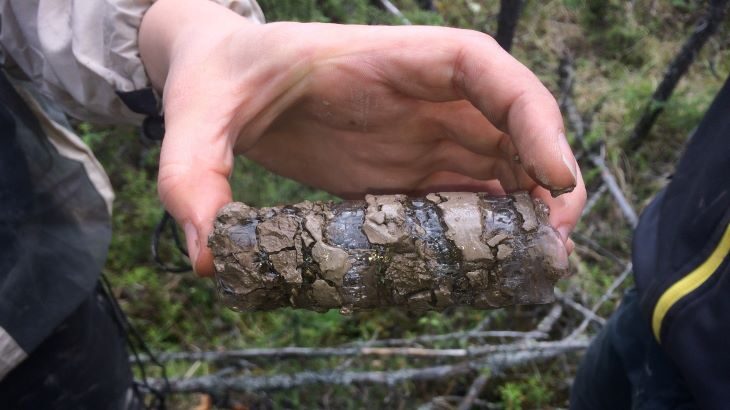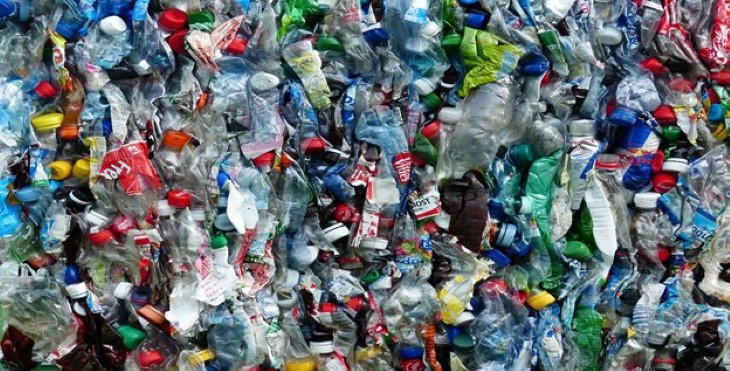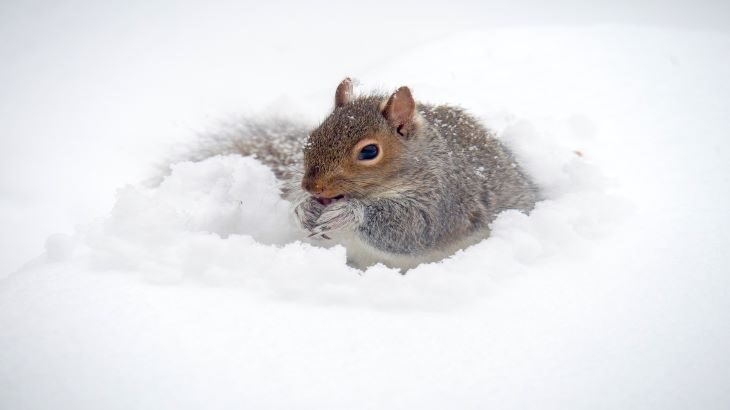
By Nick Brown, new science communicator As permafrost research heats up, national and territorial geological surveys are digging up old data to help answer new questions about Canada’s cold regions. The need for permafrost data in Canada Permafrost – ground that is colder than 0°C for at least two years – is changing as Earth’s […]







